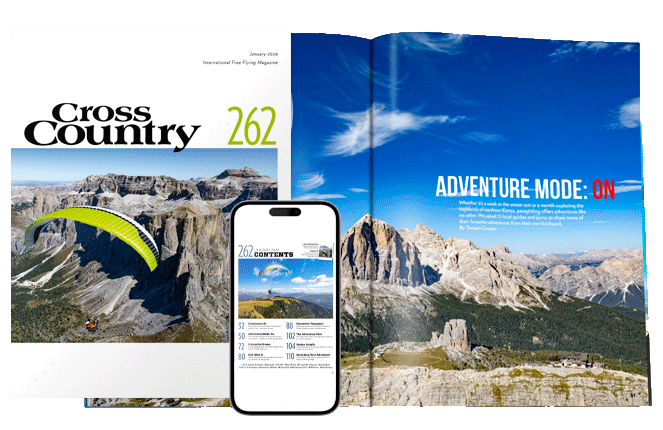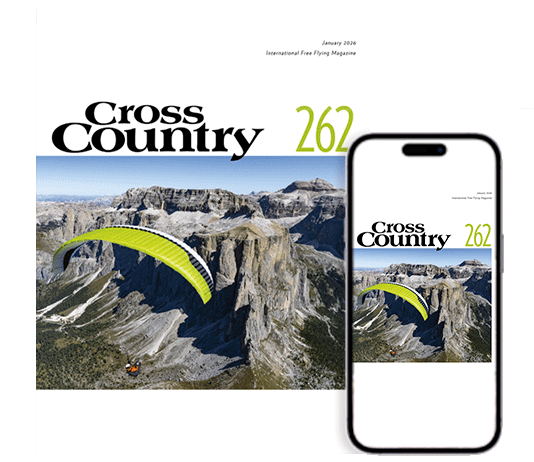The popularity of hike-and-fly has exploded in recent years and it’s not difficult to see why with wings and harnesses getting lighter year on year. There’s the simple joy of being in nature, using human power alone – you hike carrying your wing, then the wing carries you. It also brings some advantages, helping you to tune into the environment and what the air is doing before you get to launch. And as the veteran mountain athlete, former Red Bull X-Alps competitor and now Wanderbird race founder Paul Guschlbauer explains – it’s also a lot of fun.
In this series he explains the joy of the sport, how to prepare for the perfect hike-and-fly mission and what gear you need (and don’t). You’ll learn what mindset is required, when to turn back and why good goal setting is key to planning a vol biv. You’ll also learn why you need to ditch the weather forecast when you’re on the hill and judge with your own eyes and why signing up to a hike-and-fly competition can help make you a...


